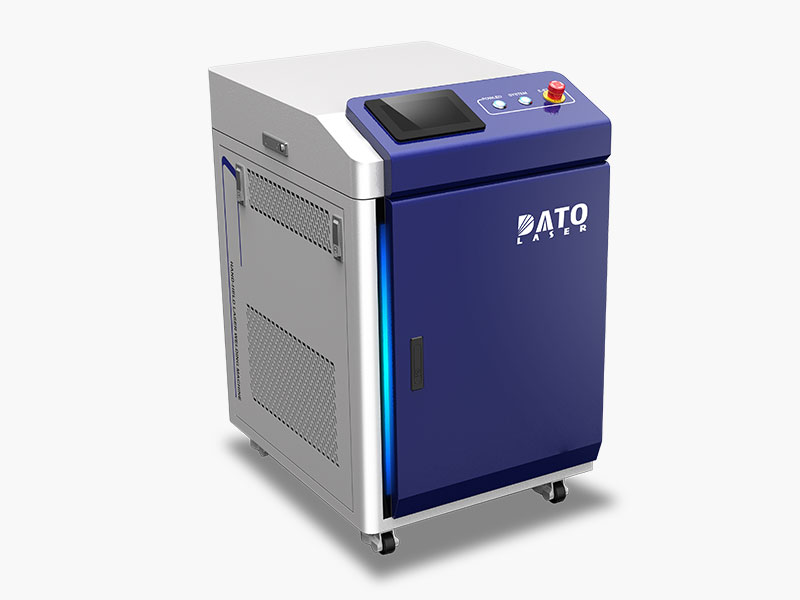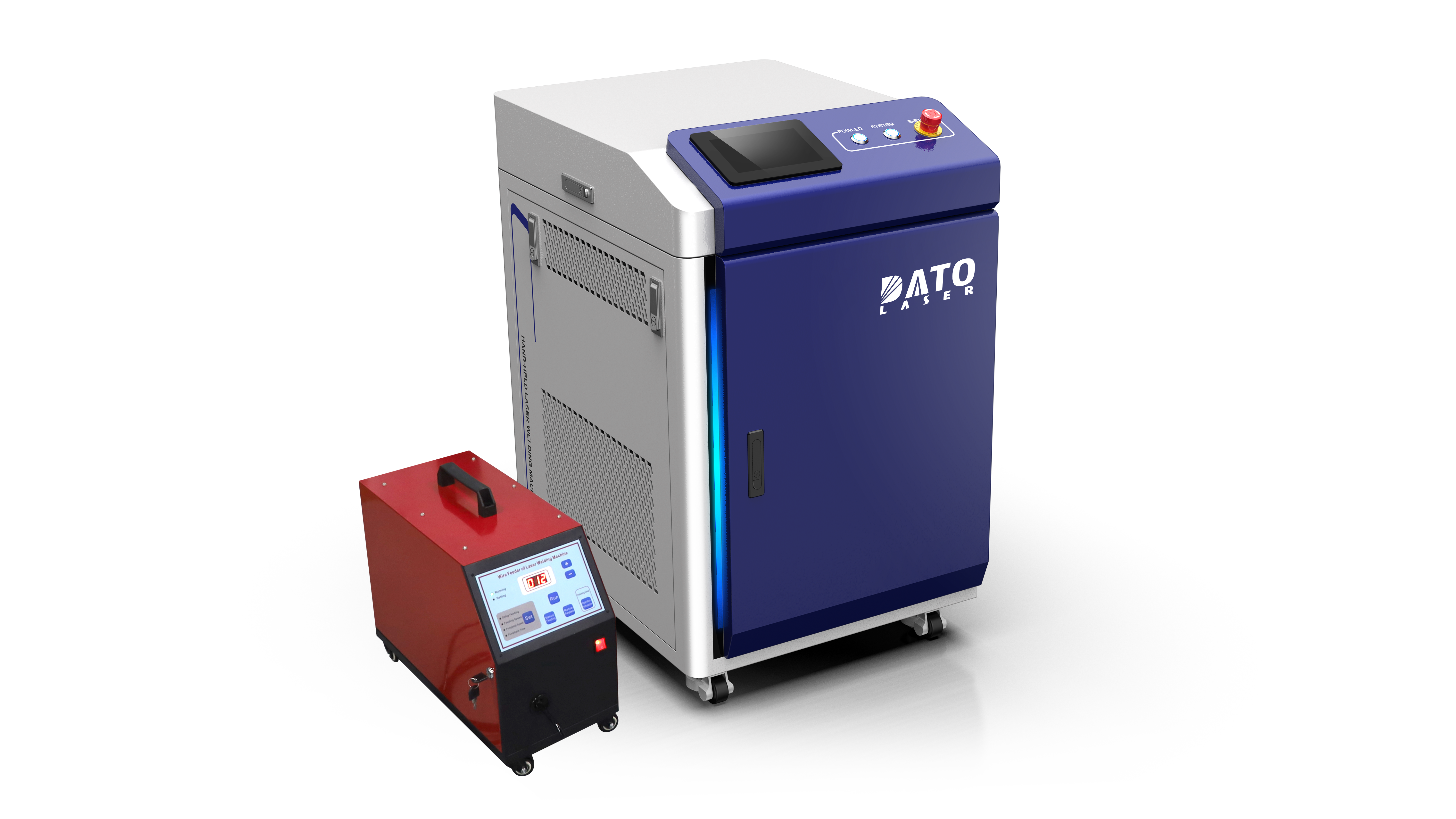Energy Efficiency Guide for Laser Welding Operations: Cutting Costs and Boosting Sustainability

In the competitive world of manufacturing, energy efficiency is no longer just a buzzword—it’s a critical factor for reducing operational costs, enhancing productivity, and meeting sustainability goals. For businesses relying on laser welding systems, optimizing energy consumption can lead to significant financial savings while minimizing environmental impact. This comprehensive guide explores practical strategies, advanced technologies, and best practices to improve energy efficiency in laser welding operations.
Why Energy Efficiency Matters in Laser Welding
Laser welding has revolutionized manufacturing with its precision, speed, and versatility. However, the process can be energy-intensive, especially in high-volume production environments. Rising energy costs and stricter environmental regulations have made it essential for businesses to adopt energy-efficient practices.
Energy-efficient laser welding not only lowers electricity bills but also extends equipment lifespan, reduces carbon footprints, and aligns with global sustainability initiatives like the UN’s Sustainable Development Goals. For industries such as automotive, aerospace, and electronics—where laser welding is widely used—improving energy efficiency directly translates to a stronger competitive edge.
Key Strategies to Optimize Energy Consumption in Laser Welding
1. Selecting the Right Laser Welding Equipment
The foundation of energy efficiency starts with choosing the appropriate laser welding system. Fiber lasers, for example, are renowned for their superior energy efficiency compared to traditional CO2 or Nd:YAG lasers. They convert up to 50% of electrical input into laser light, whereas older technologies often operate at 10–20% efficiency.
When evaluating equipment, consider:
Beam Quality and Stability: High beam quality reduces the need for rework, saving energy and materials.
Power Output: Match the laser’s power to your application requirements. Overpowered lasers waste energy, while underpowered units may require longer processing times.
Modular Design: Systems with modular components allow targeted energy use, such as shutting down unused modules during idle periods.
Brands like DATO and Leapion offer next-generation fiber laser welders with adaptive power controls and smart cooling systems, ensuring optimal energy use across diverse applications.
2. Optimizing Welding Parameters for Minimal Waste
Fine-tuning welding parameters is a proven way to reduce energy consumption without compromising quality. Key factors include:
Pulse Duration and Frequency: Shorter pulses and lower frequencies can decrease energy use while maintaining weld integrity.
Beam Focus and Spot Size: A tightly focused beam delivers concentrated energy, minimizing heat dispersion and material waste.
Travel Speed: Faster travel speeds reduce the laser’s exposure time, lowering energy input per unit length.
Advanced systems equipped with real-time monitoring sensors can automatically adjust parameters based on material thickness, joint type, and environmental conditions. This dynamic optimization ensures consistent results with minimal energy waste.
3. Streamlining Material Preparation and Workflow
Energy efficiency isn’t just about the welding process—it begins long before the laser is activated. Proper material preparation and workspace organization play a pivotal role:
Joint Design: Clean, precise joint designs reduce the need for multiple passes or filler material.
Surface Cleaning: Contaminants like oil, rust, or coatings force the laser to work harder, increasing energy use. Automated cleaning systems or pre-treatment processes ensure optimal surface conditions.
Batch Processing: Grouping similar tasks reduces the frequency of machine startups, which are energy-intensive.
4. Implementing Smart Cooling and Ventilation Systems
Laser welding generates substantial heat, requiring robust cooling systems to protect optics and electronics. However, traditional water-cooling units can consume as much energy as the laser itself. Modern solutions address this through:
Closed-Loop Cooling Systems: These recycle chilled water, cutting energy use by up to 40%.
Phase-Change Materials (PCMs): PCMs absorb excess heat during peak operations and release it gradually, reducing cooling demands.
Energy Recovery Ventilation (ERV): ERV systems capture waste heat from exhaust air and reuse it to preheat incoming air, slashing HVAC energy costs.
Regular maintenance of cooling systems—such as cleaning filters and checking refrigerant levels—is essential to prevent inefficiencies.
Hybrid Laser Welding Techniques
Combining laser welding with other processes, such as arc welding or induction heating, can enhance efficiency. Hybrid systems use lower laser power while achieving deeper penetration or faster speeds. For example, laser-MIG hybrid welding is widely adopted in automotive manufacturing for its ability to join thick materials with reduced energy input.
Energy-Efficient Beam Delivery Systems
Innovations in beam delivery, such as fiber-optic cables with low transmission loss and adjustable collimators, ensure maximum energy reaches the workpiece. Additionally, galvanometer scanners enable rapid beam positioning, minimizing idle time between welds.
Monitoring and Benchmarking Energy Performance
To track progress, manufacturers should implement energy monitoring tools that measure:
Energy Consumption per Weld: Calculate kWh per meter of weld to identify inefficiencies.
Idle Power Draw: Assess energy used during standby mode and implement auto-shutdown features.
Peak Demand Times: Schedule non-critical tasks during off-peak hours to reduce utility charges.
Software platforms like DATO’s Smart Factory Suite provide dashboards with real-time energy analytics, enabling data-driven decisions. Regular energy audits and staff training further reinforce a culture of efficiency.
The Business Case for Energy-Efficient Laser Welding
Investing in energy efficiency delivers measurable ROI:
Cost Savings: A 20% reduction in energy consumption can save thousands annually for mid-sized facilities.
Environmental Compliance: Lower emissions help avoid penalties and qualify for green certifications or tax incentives.
Enhanced Reputation: Sustainability-conscious clients, particularly in Europe and North America, prioritize eco-friendly suppliers.
Case Study: A European automotive supplier reduced energy costs by 30% after upgrading to DATO’s fiber laser welders and implementing AI-driven parameter optimization. The project paid for itself in 18 months through utility savings and reduced scrap rates.
Partnering for Success: How DATO and Leapion Deliver Sustainable Solutions
At DATO and Leapion, we combine 17+ years of laser expertise with a commitment to sustainability. Our energy-efficient solutions include:
High-Efficiency Fiber Lasers: With IPG photonics sources and patented cooling tech.
Customized Workflow Integration: Tailored systems that align with your production goals.
Lifetime Support: Preventive maintenance plans and software updates to ensure peak performance.
By choosing DATO and Leapion, manufacturers gain a partner dedicated to cutting-edge technology, cost savings, and environmental stewardship.

Conclusion: Building a Greener Future with Efficient Laser Welding
Energy efficiency in laser welding is not a one-time fix but an ongoing journey. By adopting the right equipment, optimizing processes, and leveraging smart technologies, manufacturers can achieve substantial savings while contributing to global sustainability efforts. As industry leaders, DATO and Leapion are here to help you navigate this transition with innovative solutions tailored to your unique needs.
Ready to Transform Your Welding Operations?
Contact our team today to schedule a free energy audit or explore our range of energy-efficient laser welding systems. Let’s work together to reduce costs, boost productivity, and build a cleaner tomorrow.
Related Blogs
-
 Exploring the Safety, Precision, and Industrial Benefits of Laser Surface CleaningIn today’s fast-paced industrial world, where quality, efficiency, and sustainability are top priorities, manufacturers are constantly seeking better ways to clean metal surfaces without compromising material integrityBlog
Exploring the Safety, Precision, and Industrial Benefits of Laser Surface CleaningIn today’s fast-paced industrial world, where quality, efficiency, and sustainability are top priorities, manufacturers are constantly seeking better ways to clean metal surfaces without compromising material integrityBlog -
 A Complete Guide by DATO and LeapionIn modern industry, surface preparation and maintenance play a crucial role in achieving high-quality manufacturing results. Laser cleaning machines have emerged as one of the most innovative, efficient, and environmentally friendly tools for removing contaminantsBlog
A Complete Guide by DATO and LeapionIn modern industry, surface preparation and maintenance play a crucial role in achieving high-quality manufacturing results. Laser cleaning machines have emerged as one of the most innovative, efficient, and environmentally friendly tools for removing contaminantsBlog -
 Laser cleaning machines are revolutionizing industrial surface cleaning by offering a faster, safer, and more eco-friendly alternative to traditional methods. Whether removing rust, paint, oil, oxide, or other surface contaminants, laser cleaning has become a cutting-edge solution in manufacturing,Blog
Laser cleaning machines are revolutionizing industrial surface cleaning by offering a faster, safer, and more eco-friendly alternative to traditional methods. Whether removing rust, paint, oil, oxide, or other surface contaminants, laser cleaning has become a cutting-edge solution in manufacturing,Blog -
 Introduction: Transforming EV Battery Manufacturing Through Laser TechnologyThe electric vehicle revolution has accelerated dramatically over the past decade, bringing with it unprecedented challenges and opportunities in battery manufacturing. As global automakers commit billions to electrificationBlog
Introduction: Transforming EV Battery Manufacturing Through Laser TechnologyThe electric vehicle revolution has accelerated dramatically over the past decade, bringing with it unprecedented challenges and opportunities in battery manufacturing. As global automakers commit billions to electrificationBlog














